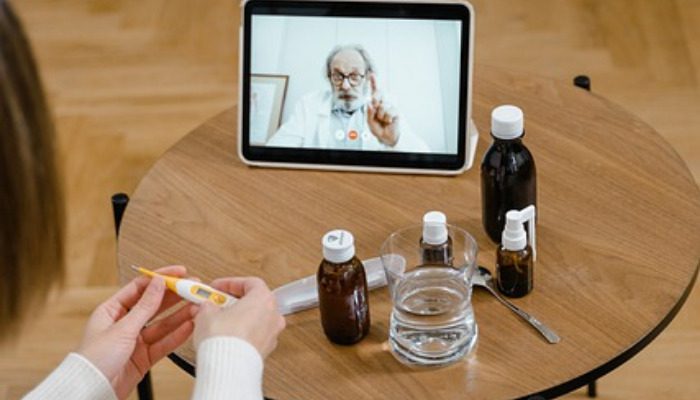Cardiology expert Dr. Tiziano Scarabelli covers advances in telemedicine and the future of care.
The COVID-19 pandemic was a profound tragedy, claiming the lives of millions of people, shutting entire societies down for months on end. Here and there, silver linings have appeared in an otherwise dark storm, with advances in telemedicine, in particular, promising improved care in the future. Cardiology expert Tiziano Scarabelli MD digs in.
“Obviously, the COVID-19 pandemic was a tragedy, costing countless lives,” Tiziano Scarabelli MD says. “Some medical advances made during the tragedy may pave the way for better care in the future. Telemedicine, in particular, offers a lot of promise.”
Telemedicine refers to the use of technologies, including cameras, computers, and the like, to treat patients remotely. For example, patients in rural areas often struggle to access specialists as most specialists reside in or near big cities. Through telehealth, a doctor can communicate with and even prescribe treatment to remote patients.
During the COVID-19 pandemic, telemedicine was leaned on more with travel largely shut down and social distancing needed to slow the spread of the virus. Many patients unable to stop by the doctor’s office for a checkup or diagnosis instead relied on telemedicine for care. Analyzing data from 4 major telehealth providers, the CDC found that telehealth encounters jumped to nearly 1.7 million in the first 3 months of 2020, up from 1,084,000 encounters during the same year prior.
“Telehealth has been around for a while but many patients and doctors still prefer meeting in person. With the COVID-19 pandemic, telehealth became a priority, and at times, a necessity,” Tiziano Scarabelli MD explains. “Going forward, many practitioners and patients may continue to use telehealth for its convenience.”
Providing access to patients in rural areas is one major benefit of telemedicine. However, many more could also benefit. Patients with limited mobility, for example, often find it difficult to get to and from hospitals, doctor’s offices, and the like. With telemedicine, it’s often possible for practitioners to work with patients at home.
Dr. Tiziano Scarabelli Covers the Future of Telemedicine
Telemedicine could greatly improve patient outcomes as time goes on. McKinsey has found that the use of telehealth before the pandemic increased about 38 times as of January 2021. Even as the pandemic itself has abated to some extent, telehealth remains popular.
This is good news for patients, according to Tiziano Scarabelli MD has given that telehealth makes it easier to access healthcare services. Telehealth is especially promising for chronic diseases, with 1 in 3 Americans suffering from such a disease. These diseases can cause issues day in and day out. With telehealth, patients can keep doctors and other stakeholders updated more easily, and can also source information, such as how to relieve symptoms.
Telehealth may also help ensure compliance. One of the biggest challenges in medical care is ensuring that patients stick to their treatment plans at home. If medications aren’t taken, patients could quickly see their condition roar back or may suffer a separate infection. Telehealth can be used to refill prescriptions and also to ensure that patients are taking medicine and doing so properly.
“Communication is one of the most powerful tools in your medical kit,” Dr. Tiziano Scarabelli notes. “By keeping in touch with patients and ensuring that they are taking medications properly, reporting symptoms, and everything else, we may dramatically improve patient outcomes.”



































